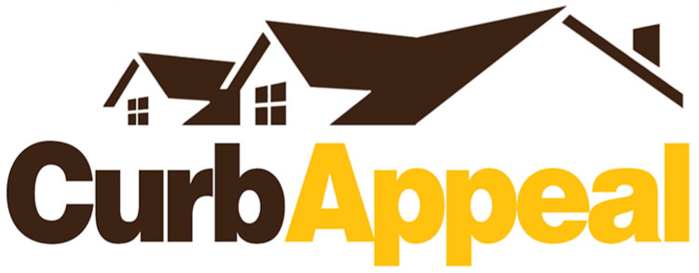Image: Andrey Popov / AdobseStock

While existing-home sales saw a slight month-over-month decline in November, sales for the entire year are still on track to surpass 2019 sales, according to the National Association of Realtors (NAR). This is welcome news, as the COVID-19 pandemic was expected to affect the housing market negatively—yet despite the restrictions and the resulting economic impacts, the housing market is outperforming expectations. According to Lawrence Yun, chief economist for NAR, job recoveries stalled throughout the fall and early winter, and rising case counts combined with lockdowns have had a negative impact on consumer confidence. Yet, he noted, with "the latest stimulus package and with the vaccine distribution underway, and a very strong demand for homeownership still prevalent, robust growth is forthcoming for 2021."
Fewer Homes for Sale
Though the demand for homes is high, the supply of homes is dangerously low. By the end of November, there were only 1.28 million homes available for sale, down 9.9% from a month ago and 22% from a year ago. At the current sales pace, available homes would supply the market for only 2.3 months—an all-time low. In comparison, there was a 2.5-month supply in October and a 3.7-month supply in November 2019.
Mortgage Rates Remain Low, but House Prices Are Climbing
Home prices are being negatively impacted by the lack of supply. According to Yun, housing affordability is being challenged by these high prices. At the NAR Real Estate Forecast Summit, economic and housing insiders expected annual median home prices to increase around 8%. Yet for many buyers, falling mortgage rates may compensate for high prices. Insiders at the summit expected mortgage rates to remain close to 3% in 2021, leading many to predict that the housing market will continue to rebound. With low mortgage rates and remote-work flexibilities, Yun predicted that "the positive momentum that home sellers are seeing will carry on well into the new year." He cautions, however, that the high home prices could put a strain on some groups, particularly first-time buyers.
Who's Buying?
Yet as of November, high home prices were not deterring first-time buyers, since this group accounted for 32% of all sales, unchanged from a month and a year earlier. According to the NAR "2020 Profile of Home Buyers and Sellers," first-time buyers made up 31% of the market throughout the year. Individual investors or second-home buyers, meanwhile, accounted for 14% of November's home purchases, unchanged from a month earlier but down 2% from November 2019. These groups typically account for the majority of all-cash purchases.
Regional Breakdown
Northeast: Existing-home sales annual rate of 880,000; a decrease of 2.2% from October 2020, but an increase of 25.7% from November 2019. At $354,100, the median sales price increased 17.4% from November 2019.
Midwest: Existing-home sales annual rate of 1.59 million; a decrease of 2.5% from October 2020, but an increase of 24.2% from November 2019. At $239,100, the median sales price increased 14.6% from November 2019.
South: Existing-home sales annual rate of 2.82 million; a decrease of 2.5% from October 2020, but an increase of 25.9% from November 2019. At $270,000, the median sales price increased 15% from November 2019.
West: Existing-home sales annual rate of 1.4 million; unchanged from October 2020 and an increase of 27.3% from November 2019. At $467,600, the median sales price increased 13.8% from November 2019.












